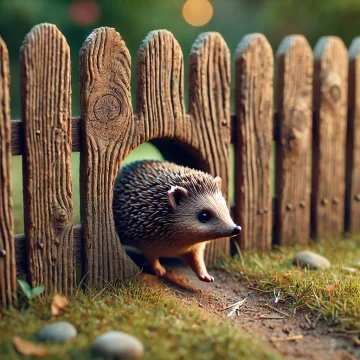Arguments against reintroducing lynx into Scotland. Infographic.
Personally, I like the idea of reintroducing the lynx into Scotland (I would 😎😻). The Eurasian lynx (Lynx lynx) was part of Scotland’s wildlife until it was driven to extinction around 1,000 to 1,500 years ago. The main causes of its disappearance were deforestation, which reduced its forested habitat, and overhunting, both of the …







